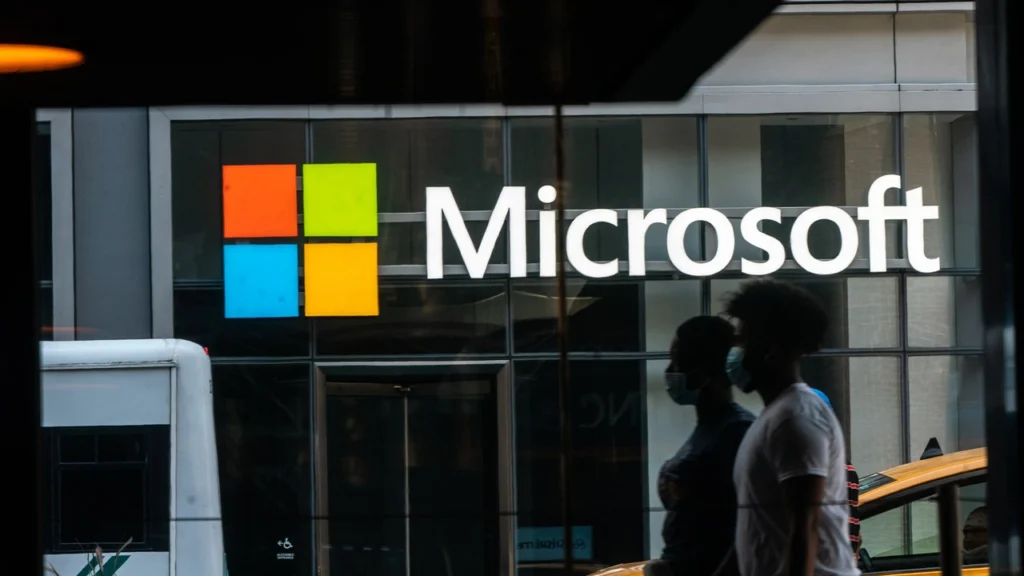Microsoft, Nature Study Reveals Full Life Cycle Impacts of Datacenter Cooling Technologies

- Cold plate cooling reduces emissions by up to 21%, energy use by 20%, and water consumption by 52% over its full lifecycle.
- Switching to 100% renewable energy could cut greenhouse gas emissions by 85–90%, regardless of cooling method.
- Microsoft releases open-source tool to help the cloud industry adopt lifecycle assessments for sustainability planning.
Microsoft is reshaping how the cloud industry evaluates sustainability by publishing the first comprehensive life cycle assessment (LCA) of datacenter cooling methods in Nature. The study goes beyond operational metrics to quantify the total environmental cost — from raw material extraction to end-of-life disposal — of four cooling technologies used in datacenters.
“A lot of people do life cycle assessments after the fact,” said Husam Alissa, director of systems technology in Cloud Operations and Innovation at Microsoft. “We’re advocating in this paper for the use of life cycle assessment tools to guide engineering decisions early on and also sharing the tool with the industry to make adoption easier.”

Key Findings: Cooling Technology Trade-Offs
The study analyzed four cooling approaches: traditional air cooling, cold plates, one-phase immersion, and two-phase immersion. The results show a significant edge for liquid-based systems:
- Cold plates and immersion cooling reduced GHG emissions by 15–21%, energy demand by 15–20%, and water use by 31–52%, compared to air cooling.
- Cold plate technology, which Microsoft is actively deploying, uses coolant in direct contact with server chips via a flat container.
- While two-phase immersion cooling shows the highest efficiency gains, it currently uses PFAS — substances under increasing regulatory scrutiny in the U.S. and EU. As a result, Microsoft is not yet using immersion cooling in live operations.
“It was interesting to see that cold plates could be as good as the two immersion cooling methods,” said Teresa Nick, director of natural systems and sustainability at Microsoft.

Beyond Hardware: Renewable Energy + Design Integration
The study also examined energy sources, finding that transitioning from conventional grids to fully renewable energy could slash GHG emissions by 85–90%, regardless of the cooling method used.
Microsoft is moving toward 100% renewable energy consumption — purchasing offsets when local sources aren’t available — and integrating lifecycle findings into cloud infrastructure design.
RELATED ARTICLE: Microsoft and Clearway Sign 335 MW Renewable Energy Deal
Industry Call-to-Action
To catalyze industry-wide sustainability improvements, Microsoft is making its methodology and tools publicly available through an open research repository. The tool allows cloud providers to input their own data and generate comparable lifecycle assessments.
“Our intention is not to say, ‘this is the right technology.’ They all could be,” Alissa said. “What we’re trying to do here is tell the industry, ‘Here’s how you build an end-to-end life cycle assessment that takes cooling into account. And here is a tool for you that you can customize to your specific needs and then make a decision.’”
This methodology enables leaders to go beyond cost and performance when designing datacenters, offering data-driven insight into sustainability trade-offs across an infrastructure’s entire lifecycle.
“In a nutshell, we’re trying to understand the trade-offs,” Nick said. “You’re trying to understand the context of what you’re doing and what the impacts are.”
Read the full Nature Paper here.









